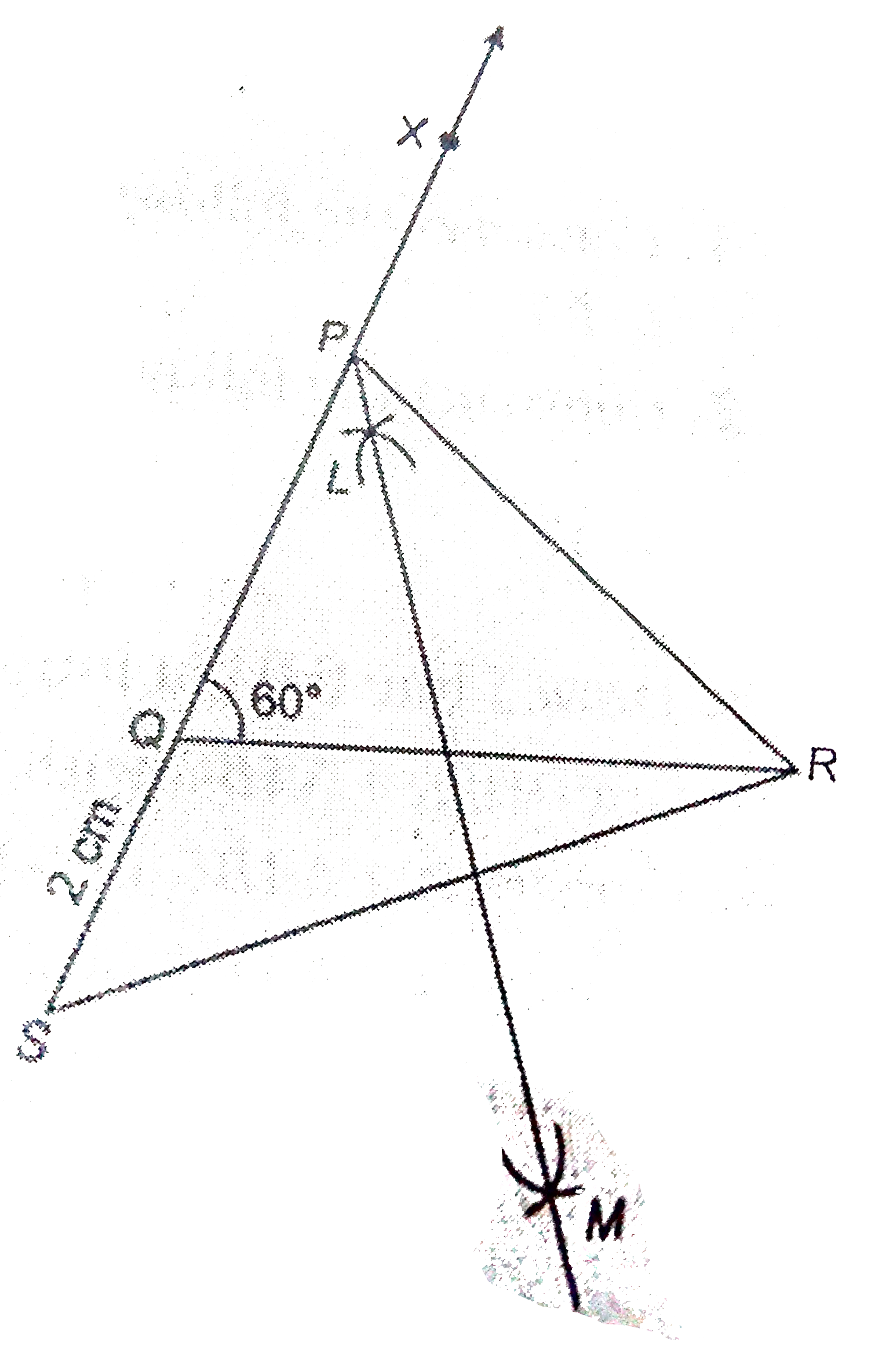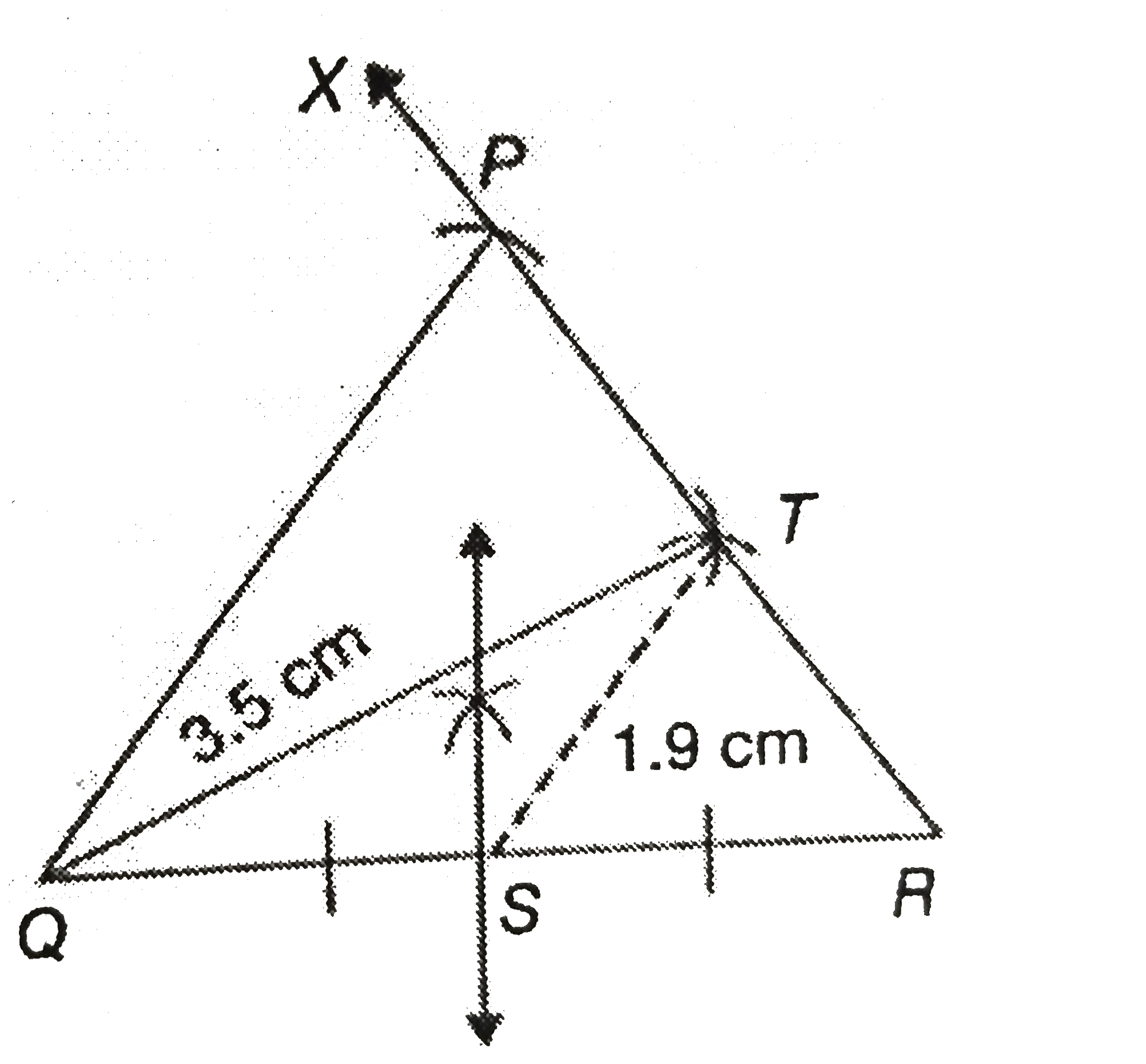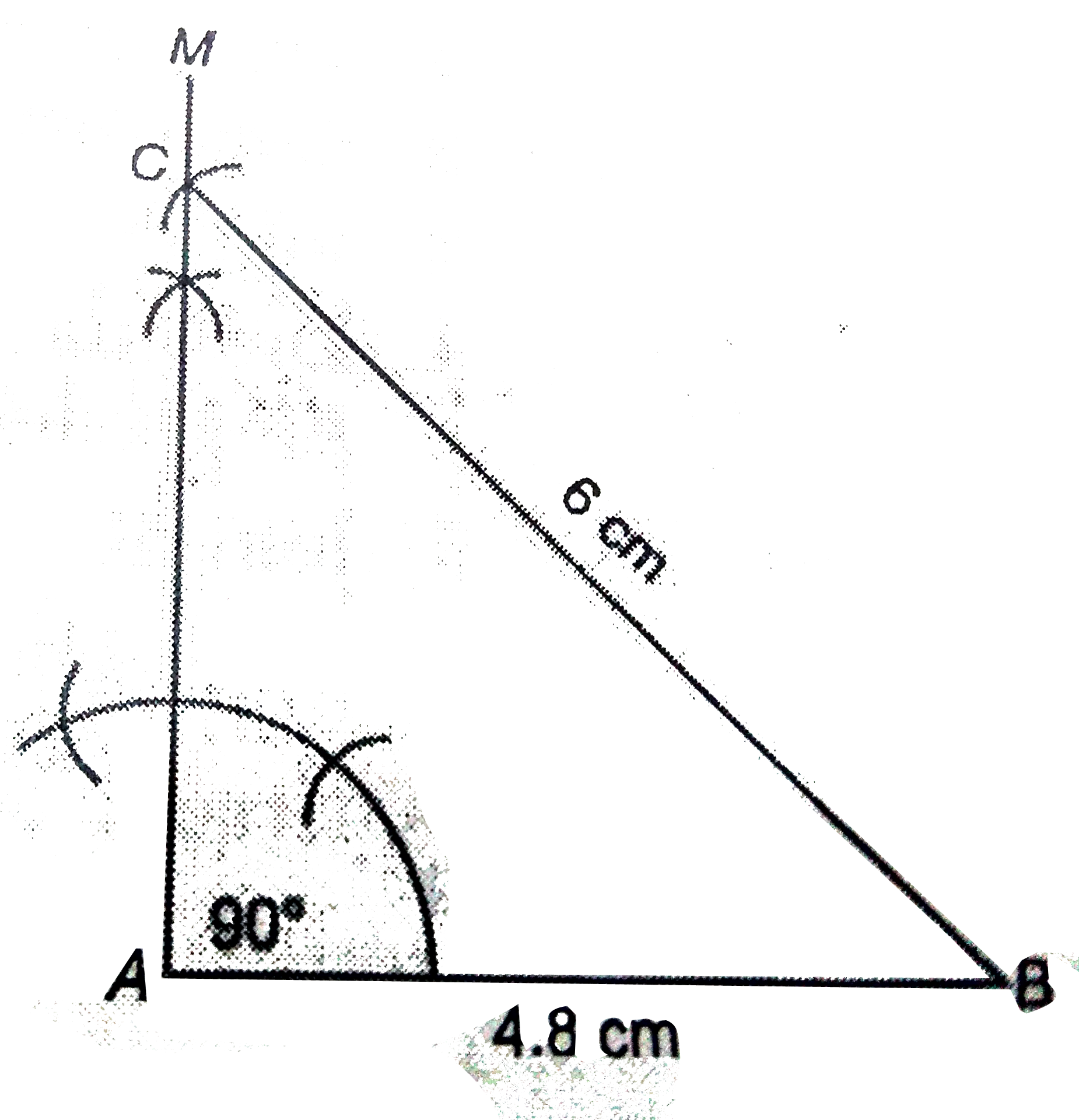InterviewSolution
Saved Bookmarks
This section includes InterviewSolutions, each offering curated multiple-choice questions to sharpen your knowledge and support exam preparation. Choose a topic below to get started.
| 851. |
Ramu opened a saving bank account with a bank on 3-4-2005 with a deposit of Rs 500 .He deposited Rs 50 on 12-4-2005 and thereafter neither deposited nor withdrew any amount .The amount on wihich he would receive interest for the month of april 2005 is ______ |
|
Answer» Rs 500 |
|
| 852. |
Write the following cubes in expanded form : [x-(2)/(3)y]^(3) |
|
Answer» |
|
| 853. |
Express each of the following decimals in (p)/(q) form where qne0 and p, q are integers 0.36 |
|
Answer» |
|
| 854. |
Show that the locus of a point, equidistant from three distinct given collinear points in a plane does not exist. |
| Answer» | |
| 855. |
Plot the point A(4,4) on a graph paper. Draw perpendicular AP on x-axis and AQ on y-axisand complete the graph. Find the co-ordinates of P, Q and fourth vertex of the figure. Find the co-ordinates of point of intersection of diagonals. |
|
Answer» |
|
| 856. |
What is the ratio of compound interest accured on a certain sum in two years at 20% per annum to the compound interest accured on the same amount in three years at 10%per annum. |
| Answer» SOLUTION :`440/331` | |
| 857. |
In the following figure, t is the transversal of l and m. If angleAPQ=72^(@) and angleDQF=108^(@) , prove that l||m. |
|
Answer» |
|
| 858. |
The mean of 15 observations is 32. Find the resulting mean, if each observation is increased by 3 |
|
Answer» |
|
| 859. |
A is twice as efficient as B. Time taken byB to complete (4)/(7) part of the work is 6n days more than the time taken by A to complete (3)/(7) part of the same work. In how many days canA alone do the work? |
|
Answer» |
|
| 860. |
If F=(9/5)C+32 , then c = ........ |
|
Answer» 5F - 160 |
|
| 861. |
Evaluate :(i)sqrt(3-2sqrt(2))""(ii)sqrt(9-6sqrt(2)) |
|
Answer» Squaring both sides, we get. . .(1) `3-2sqrt(2)=(sqrt(x)-sqrt(y))^(2)` `rArr3-2sqrt(2)=x+y-2sqrt(xy)` Comparing rational and IRRATIONAL PARTS on both sides, we get `x+y=3,xy=2` `"Now "(x-y)^(2)=(x+y)^(2)-4xy` =9-8=1(identity) `:.x-y=+-1` `"If " x-y=1`. . .(2) `andul (x+y=3)` Adding, 2x=4 `rArrx=2` `2" "y=1" "rArr" "y=1` `:.sqrt(3-2sqrt(2))=sqrt(2)-sqrt(1)=sqrt(2)-1` `"If "x-y=-1` `andul(x+y=3)`. . . .(3) Adding 2x=2 `:.""x=1` Put x = 1 in equation (3), `1+y=3" "rArr" "y=2` `:." "sqrt(3-2sqrt(2))=sqrt(1)-sqrt(2)=1-sqrt(2)` But it is a negative quantity and SQUARE root `''sqrt''` cannot give a negative value. So, `sqrt(3-2sqrt(2))!=1-sqrt(2)` `"Hence,"sqrt(3-2sqrt(2))=sqrt(2)-1` (II) Let `sqrt(9+6sqrt(2))=sqrt(x)+sqrt(y)` Squaring both sides, we get `:." "9+6sqrt(2)=x+y+2sqrt(xy)` `rArr9+2(3sqrt(2))=x+y+2sqrt(xy)` Comparing, rational and irrational parts on both sides. `:." "x+y=9,sqrt(xy)=3sqrt(2)" "rArr" "xy=18` `"Now, "(x-y)^(2)=(x+y)^(2)-4xy`(identity) =81-72=9 `:." "x-y=+-3` `"If "x-y=3`. . .(2) `andul(x+y=9)` Adding, `2x=12" "rArr" "y=3` `:.sqrt(9+6sqrt(2))=sqrt(6)+sqrt(3)` `:.sqrt(9+6sqrt(2))=sqrt(6)+sqrt(3)` `"If "x-y=-3`. . .(3) `andul(x+y=9)` Adding, `2x=6" "rArr" "x=3` Put x = 3 in (3), we get `3-y=-3" "rArr" "y=6` `:.sqrt(9+6sqrt(2))=sqrt(3)+sqrt(6)` |
|
| 862. |
Write four solutions for each of the following equations : 2x + y =7 |
|
Answer» |
|
| 863. |
Name the following parts from the adjacent figure where ‘O’ is the centre of the circle |
|
Answer» (ii) Diameter (iii) MINOR arc (iv) CHORD (V) Major acr (vi) Semi-circle (vii) Chord (viii) Minor segment |
|
| 865. |
Factorise : (i) a^(3)+27b^(3)+8c^(3)-18abc "" (ii) 2sqrt(2)a^(3)+8b^(3)-27c^(3)+18sqrt(2)abc (iii) x^(3)+y^(3)-12xy+64 "" (iv) 125-8x^(3)-27y^(3)=90xy. |
|
Answer» `(iii) (x+y+4)(x^(2)+y^(2)+16-xy-4y-4x) "" (iv) (5-2x-3y)(25+4x^(2)+9y^(2)+10-6xy+15y)` |
|
| 867. |
Find The total surface area of a closed cylindrical petrol storage tank whose diameter 4.2 m.and height 4.5 m. |
|
Answer» |
|
| 868. |
Euclid stated that if Equals are subtracted from Equal then the remainders are equal in the form of …………. (an axiom, a definition, a postulate). |
|
Answer» |
|
| 869. |
Rahul opened a saving bank account with a bank on 1-2-2006 with a certain amount interest is credited to his account at the end of june and december every year and the rate of interset is 5% perannum .If the sum of the minimum balance up to the end of june is Rs 2000 then the interest that Rahul gets at the end of june 2006 is ____________ |
|
Answer» RS 8.01 |
|
| 870. |
Construct a DeltaABC in which QR = 6 cm, angleQ = 60^(@)and PR - PQ = 2 cm. |
|
Answer» Solution :Given that, in `DeltaABC, QR = 6 cm, angleQ = 60^(@)` and `PR - PQ = 2 cm` Steps of Construction : 1. Draw the base `QR = 6 cm.` 2. At the point `Q` make an `angleXQR = 60^(@)`. 3. CUT line segment `QS = PR - PQ (= 2 cm)` from the line `QX` extended on opposite side of the segment `QR.` 4. Join `SR.` 5. Draw the perpendicular bisector `LM` of `SR.` 6. LET `LM` intersect `QX` at `P.` 7. Join `PR.` 
|
|
| 871. |
Calculate the compound interest on Rs 4,000 in 1(1)/(2) years at 10 % per annum compounded half-yearly. |
|
Answer» |
|
| 872. |
Side BC of DeltaABC is extended on both the sides so that exterior angles angleABD and angleACE are formed. If angleABD=90^(@) and angleACE=130^(@), find the measure of each angle of DeltaABC. |
|
Answer» |
|
| 873. |
When three unbiased coins are tossed simultaneously , the probability of receiving exactly one tail is .......... |
|
Answer» `1/8` |
|
| 874. |
If a= xy^(p-1), b=xy^(q-1),c=xy^(r-1), then show that a^(q-r).b^(r-p).c^(p-q). |
|
Answer» |
|
| 875. |
A card is drawn at random from a well shuffled pack of cards . The probability of that card being a card other than picture cards is ........... |
|
Answer» `4/13` |
|
| 876. |
Factorise the following using appropriate identities : 4y^(2) - 4y +1 |
|
Answer» |
|
| 877. |
Pasha deposited Rs 20000 on 1-1-2006 to open a saivng account .He withdrew Rs 1000 on the 10th of every month .He closed his accounts on closing the account if the bank paid interest at 4% per annum ? (approx) |
|
Answer» RS 283 (ii) CALCULATE SIMPLE interest on the above sum at 4% per annum |
|
| 878. |
The weight of 12 students (in kg) are : 40,61,54,50,59,37,51,41,48,62,46 and 34. Find the median weight. If the weight of 62 kg is replaced by 35 kg, find the new median weight. |
|
Answer» |
|
| 879. |
Find(i) the curved surface area and (ii) the total surface area of a hemisphereof radius 21 cm. |
|
Answer» (II) 4158 `cm^(2)` |
|
| 880. |
Locate the number 2.54 on the number line by the method of successive magnification. |
| Answer» | |
| 881. |
Use suitable identities to find the following products : (x+4)(x+10) |
|
Answer» |
|
| 882. |
For each of the following, draw a circle and inscribe the figure given. If a polygon of the given type can’t be inscribed, write not possible. (a) Rectangle (b)Trapezium (c) Obtuse triangle (d) Non-rectangular parallelogram (e) Accute isosceles triangle |
|
Answer» |
|
| 883. |
Evaluate : (3sin3B+2cos(2B+5^(@)))/(2cos3B-sin(2B-10^(@))), when B=20^(@). |
|
Answer» |
|
| 885. |
In triangleABC , P,Q and R are the midpoints of AB, BC and CA respectively. If ar(ABC)=32 cm^2 , then ar(PQR)= ____cm^2 |
|
Answer» 128 |
|
| 886. |
In triangle ABC and triangle DEF, AB = DE, BC = EF and angleB = angleE. If the perimeter of triangle ABC is 20, then the perimeter of triangle DEF is .......... |
|
Answer» 10 |
|
| 888. |
State true or false (a) only one line can pass through a single point. (b) There are infinitely many number of lines which passes through the two distinct point. ( c ) Euclid belonged in Greece. |
|
Answer» |
|
| 889. |
Find the relative frequency of the second class-interval of the above(q-(iii)) frequency distribution. |
|
Answer» |
|
| 890. |
Ray EX is the bisector of angleDEF and ray EY is the bisector of angleDEX. If angleDEX=42^(@), then find angleYEF and angleDEF. |
|
Answer» |
|
| 891. |
Construct a triangle PQR, such that PQ =3/8cm, QR=4.3 cm and the median from Q to PR is 3.5cm. |
|
Answer» Solution :Step 1: DRAW a line segment QR of length `4/3 cm.` Step 2: Draw the perpendicular bisector of `BAR(QR)` and mark the mid-point of `QR` as `S`. Step 3: Taking `Q` as the CENTER and radius equal to `3.5 cm,` draw an arc. Step 4: Taking `S` as the center and radius `=1.9 cm` `(1/2 PQ)`, draw another arc intersecting the already drawn arc (in Step 3) at `T.` Step 5: Join `R` and `T` and produce `RT` to `X`. Step 6: With `Q` as the center and radius `= 3.8` cm, draw an arc to intersect `bar(RX)` at `P`. Join `PQ`. `trianglePQR` is the required triangle. 
|
|
| 892. |
Construct a right-angled triangle ABC in which angleA = 90^(@), BC = 6 cm and AB = 4.8 cm. |
|
Answer» Solution :Steps of construction : 1. Draw `AB = 4.8 cm.` 2. Construct = `angleMAB = 90^(@)`. 3. With centre `B` and radius `6 cm`, draw an arc which CUTS `AM` at `C`. 4. Join `BC`. `therefore DeltaABC`is the required right-angled triangle. 
|
|
| 894. |
State whether the following statements are true or false. Justify your answers. (iv) n is not irrational if n is a perfect square. |
|
Answer» |
|
| 895. |
If x^(3)+y^(3)+z^(3)=3xyz and x+y+z=0, find the value of ((x+y)^(2))/(xy)=((y+z)^(2))/(yz) +((z+x)^(2))/(zx) |
|
Answer» |
|
| 897. |
Find the zero of the polynomial in each of the following cases. (i)f (x) = x +2 (ii) f (x) = x-2 (iii) f (x) =2x +3 (iv)f (x) =2x -3 (v) f (x) =x ^(2) (vi)f (x) = px, p ne 0 (vii) f (x) = px + q,p ne 0 pq are real numbers. |
|
Answer» <P> |
|
| 898. |
In the given figure, anglePOQ=100^(@) and anglePQR^(@)=30^(@), then find angleRPO. |
|
Answer» |
|
| 899. |
Complete the following table by writing (YES) if the property holds for the particular Quadrilateral and (NO) if property does not holds. |
|
Answer» |
|